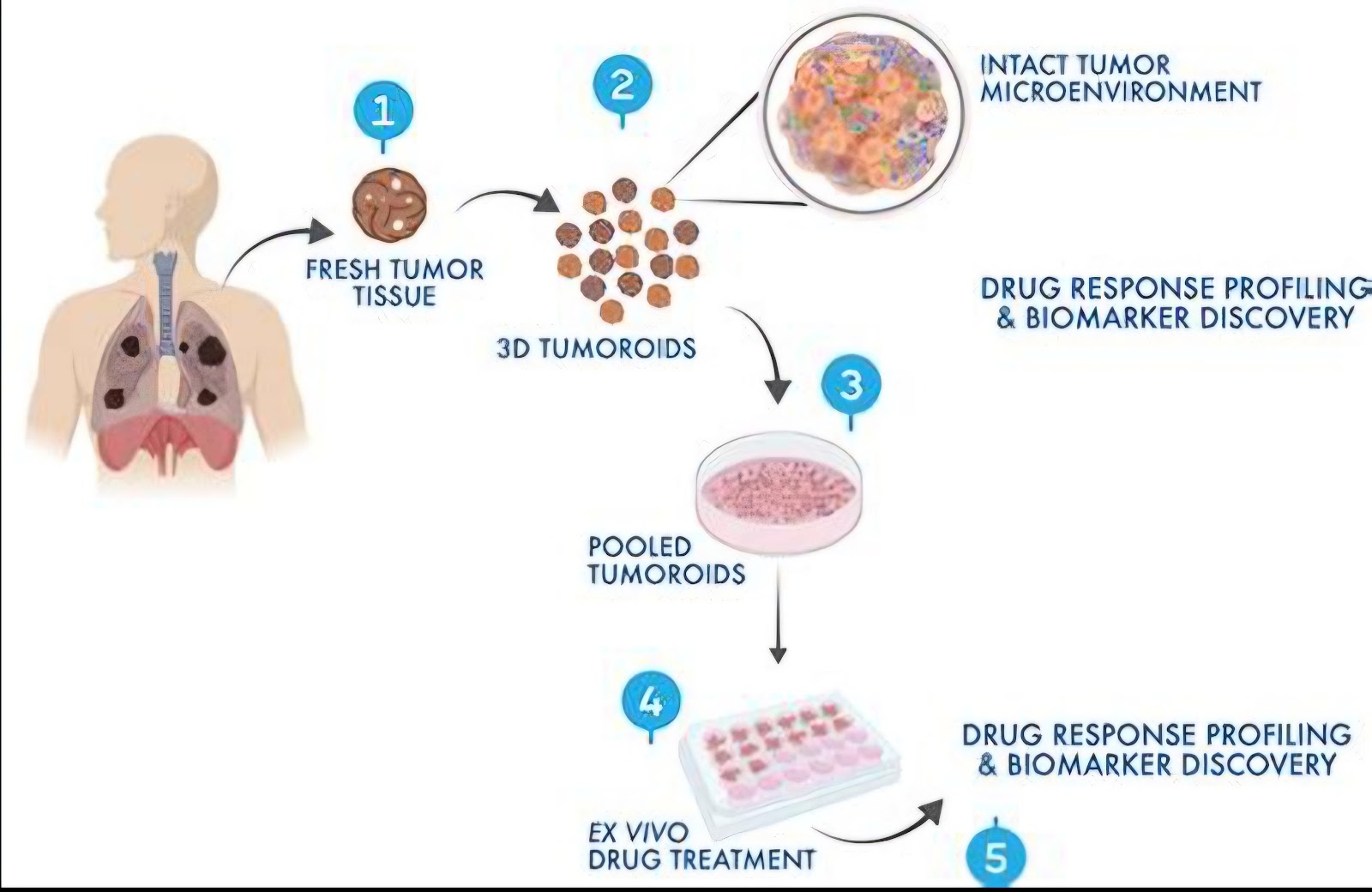Yeast-Produced Vaccines Delivered via Functional Foods: A New Era in Immunization
Introduction Vaccination has historically relied on injectable routes, cold-chain storage, and trained personnel, posing challenges in global immunization coverage. Recent biotechnological innovations are shifting the paradigm toward edible vaccines and functional foods. One promising avenue involves using genetically engineered yeast, specifically Saccharomyces cerevisiae, as a vaccine production platform, and delivering these antigens via fermented or processed foods. This convergence of synthetic biology, industrial fermentation, and nutraceuticals offers a potent, scalable, and needle-free alternative to traditional vaccines. Why Saccharomyces cerevisiae? Yeast has long been a workhorse in biotechnology due to: GRAS (Generally Recognized as Safe) status by FDA Extensive history in bread, beer, and wine production Established genetic manipulation tools Ability to post-translationally modify proteins, unlike bacteria Saccharomyces cerevisiae has been successfully used to express...

